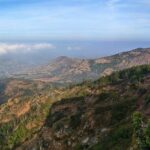A prominent landmark in the Churu district of Rajasthan, Ratangarh Fort is a mesmerising structure that echoes the state’s rich heritage and past.Built-in the early decades of the 19th century by Maharaja Surat Singh, the fort boasts historical and architectural significance. Its massive gates and claustrophobic passages, as well as the tense network of bastions, manifest the traditional Rajputana style. The ornaments and carvings reveal the building’s special details. Ratangarh Fort offers a site off the beaten path for history buffs and connoisseurs of unexplored places.
Quick Details About Ratangarh Fort
Entry Fee: Free
Ratangarh Fort Timings: 9 AM – 6 PM
Nearest Airport: Jaipur International Airport, 200 km away
Nearest Railway Station: Ratangarh Railway Station, 2 km away
Best Time To Visit: October to March
Ratangarh Fort Location
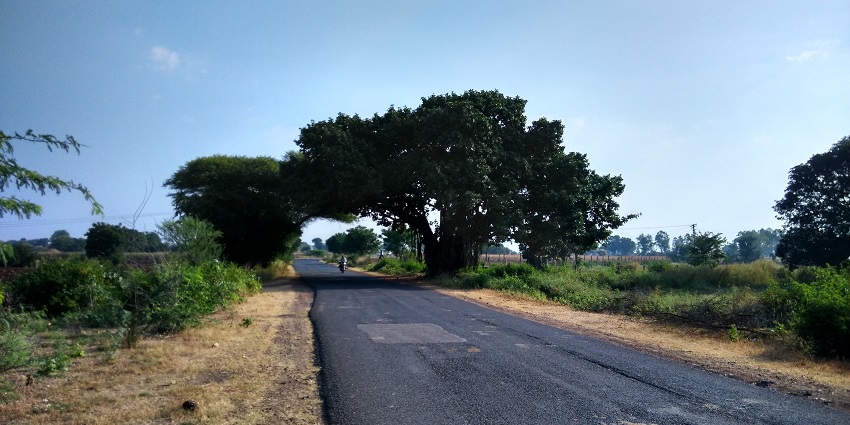
Photo: Rahultalreja11 / Wikimedia Commons
Ratangarh Fort is located in Ratangarh, a town in the Churu district of Rajasthan. The fort stands on Ram Chandra Park Road in Meghwal Basati of Ratangarh. The roads connected are the local Marg, Dhanuka Gali number 1, and Ram Chandra Park Marg, which connects Clock Tower Ratangarh to Station Road. The nearby landmarks are the Garh Chouraha, Vishnu General Store, SS Fashion Dulha House and Swastik Fast Food Ratangarh.
Suggested Read: Blue Kingdom Water Park Kota
How To Reach Ratangarh Fort
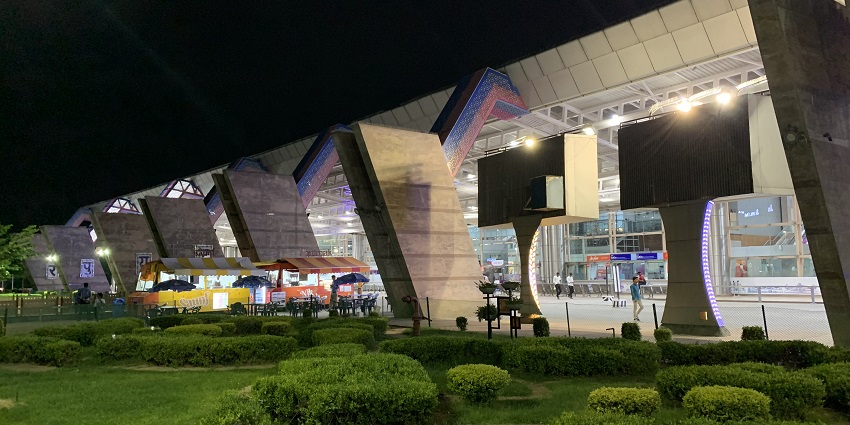
Photo: Chainwit. / Wikimedia Commons
Ratangarh Fort Rajasthan offers easy accessibility by road, air and rail or even by local means of transport like auto rickshaws and taxis:
- By Air: The nearest airport is Jaipur International Airport, which is around 200 km from Ratangarh Fort. From the airport, you can hire a taxi or board a bus to reach Ratangarh.
- By Rail: Ratangarh railway station is only 2 km away from the fort. Therefore, from the station, local transport like an auto rickshaw or taxi is readily available. You can also walk to the fort.
- By Road: Being well connected by road to Ratangarh, it is easy to reach the fort from nearby towns such as Churu and Jaipur. Ratangarh has its bus depot, which is a 10-minute walk to the fort.
Things to do at Ratangarh Fort
Ratangarh Fort is a place of exploration for those interested in Rajasthan’s ancient architecture and culture with these things to do:
1. Explore The Fort’s Architecture
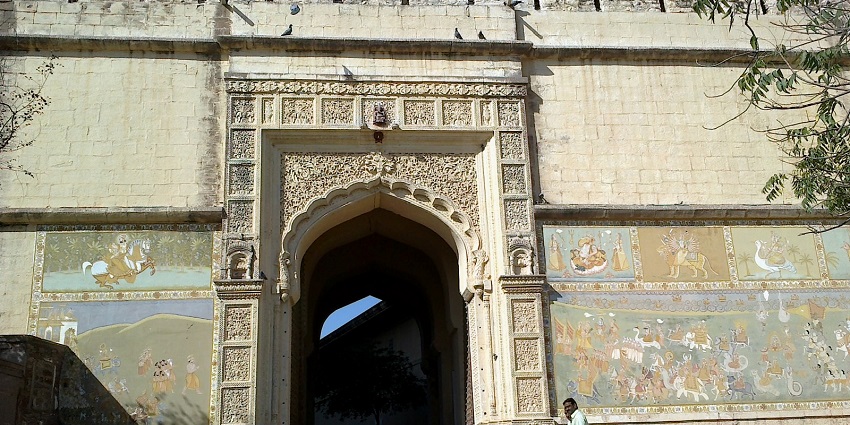
Photo: rene boulay / Wikimedia Commons / Image For Representation Only
Ratangarh Fort boasts enormous walls, bastions, and towering gates, which are characteristic of Rajputana architecture. Tourists will be able to walk through its large courtyards and narrow halls, which transfer you back to the time of royal splendour. They can enjoy exquisitely carved balconies and jharokhas, examples of the refined art of that time. From time immemorial to the reign of Gaj Singh II, the owners of the fort built many chambers and palaces. Some of them are still in good condition. However, many halls are in a deplorable state and devastated. The remaining rooms inside the walls are covered with beautiful, picturesque frescoes with Rajasthani folklore and mythological scenes.
Suggested Read: Discovering Jaisalmer Fort
2. Climb The Bastions And Find Tunnels
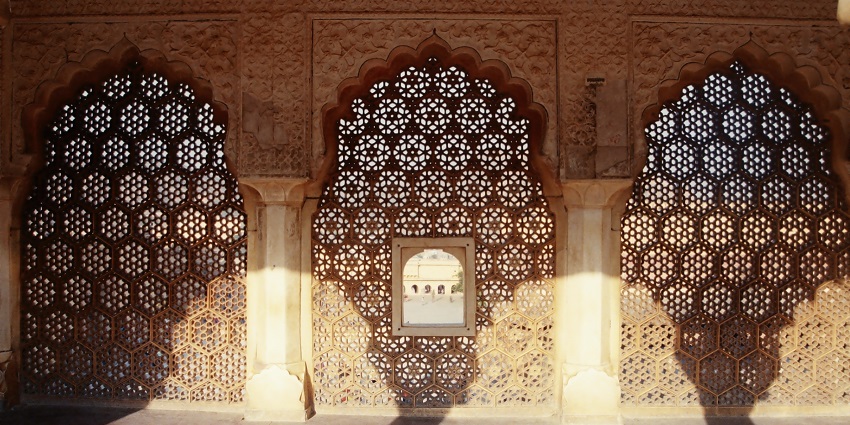
Photo: Vsashok123 / Wikimedia Commons / Image For Representation Only
Bastions situated in the fort of Ratangarh project an enchanting scope of the rough landscape of the desert. You can climb the top of these strongholds and have a bird’s-eye view of the towns and townships, and it is an excellent area for photography and a quiet atmosphere outdoors in the bustling city. Bastions and thick walls were meant for defence, and from these lofty bastions on either side, panoramic scenes of the surrounding landscape are visible. You can also explore the underground tunnels built as an exit route in case of any kind of emergency.
Places To Visit Around Ratangarh Fort
After exploring the fort, these are the nearby attractions in Churu that offer further insights into the region’s rich history and culture:
1. Churu Fort
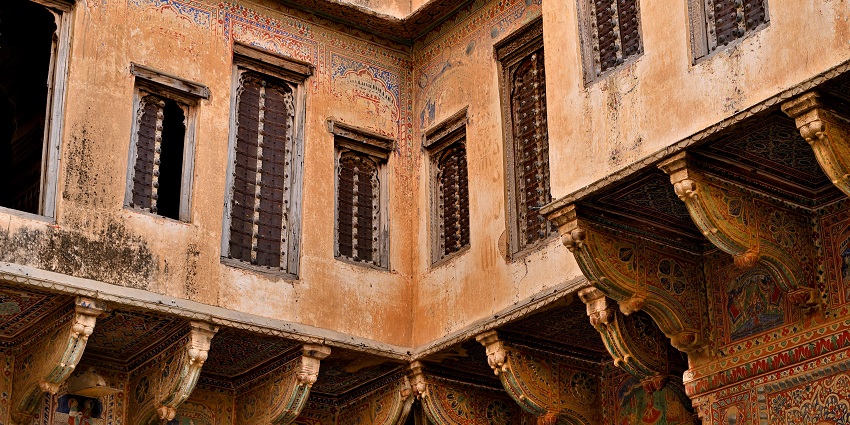
Photo: Sharvarism / Wikimedia Commons
Churu Fort is in the heart of Churu town and is 45 km from the Ratangarh Fort. The fort, which was built in the 17th century, was a significant defence for the region. It has thick and high walls and massive gates and was designed to cater for all manner of invasions. The remaining parts of the fort house abandoned chambers which soldiers used to occupy and the ravages of the watchtowers. These were probably used to keep an eye on others who wanted to raid the fort.
Timings: 10 AM – 5 PM
Entry Fee: Free
Suggested Read: Amber Fort Elephant Ride
2. Frescoed Havelis Of Churu
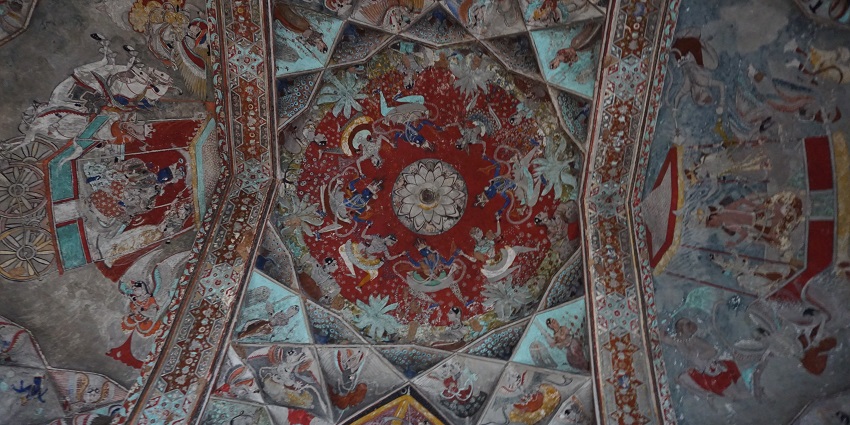
Photo: Deepank Ranka / Wikimedia Commons / Image For Representation Only
Frescoed havelis of Churu are architectural pearls of the 18th and 19th centuries. These enormous mansions were constructed by rich merchants and became famous for their various fresco paintings. The latter demonstrates mythological tales, local legends, and colourful images of Rajasthani life. These examples of creativity easily make frescoes one of the most important riches of modern and past times. Mantri Haveli, Kanhaiya Lal Bangla Haveli, and Gaj Kesari Haveli are the most visited sites. The havelis of Churu are 45 km from the Ratangarh Fort and district.
Timings: 9 AM – 6 PM
Entry Fee: Free
3. Tal Chhapar Sanctuary

Photo: Akshat bhattacharjee / Wikimedia Commons
Located about 42 km from Ratangarh, Tal Chhapar Sanctuary is another beautiful wildlife reserve. Home to the famous blackbucks and a great variety of birds, the sanctuary boasts the openness of extensive grasslands that attract eagles, harries, and cranes. The sanctuary is famous for its blackbuck population and species of antelopes. Tal Chhapar Sanctuary was once a hunting ground for the Maharaja of Bikaner, and today, the palace houses a school. A perfect place for bird-watchers and a great opportunity for those who like to spend time in nature, away from the busy city life.
Timings: 6 AM – 6 PM
Entry Fee: ₹20 per person
Suggested Read: Haunted Places In Rajasthan To Explore The Eerie Rush
4. Salasar Balaji Temple
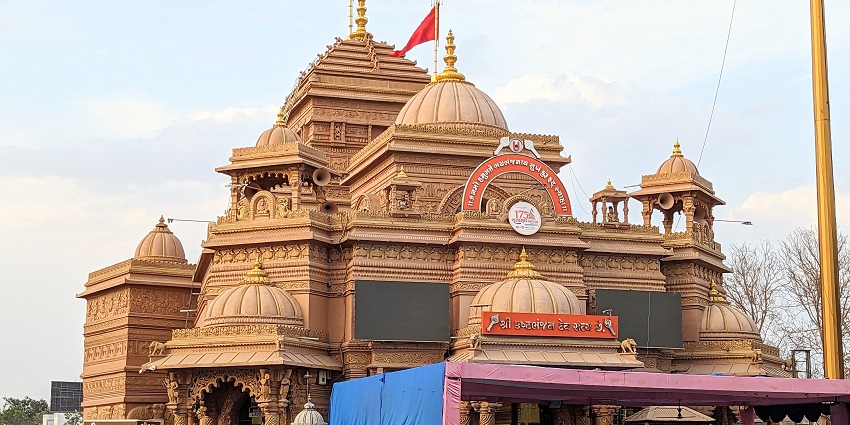
Photo: Rahilarious / Wikimedia Commons / Image For Representation Only
The Salasar Balaji Temple is located 50 km from Ratangarh and is a holy Hindu site dedicated to God Hanuman. It was built in the centre of Salasar town, and the date of its construction is unknown, with many tales attached. The temple has thousands of pilgrims every year, especially during the religious festivals of Sharad Purnima and Chaitra Purnima, or Hanuman Janmotsav. Its peaceful atmosphere and the stylish simplicity of the temple architecture turn the site into a perfect place for a spiritual visit.
Timings: 4 AM – 10 PM
Entry Fee: Free
5. Sethani Ka Johara
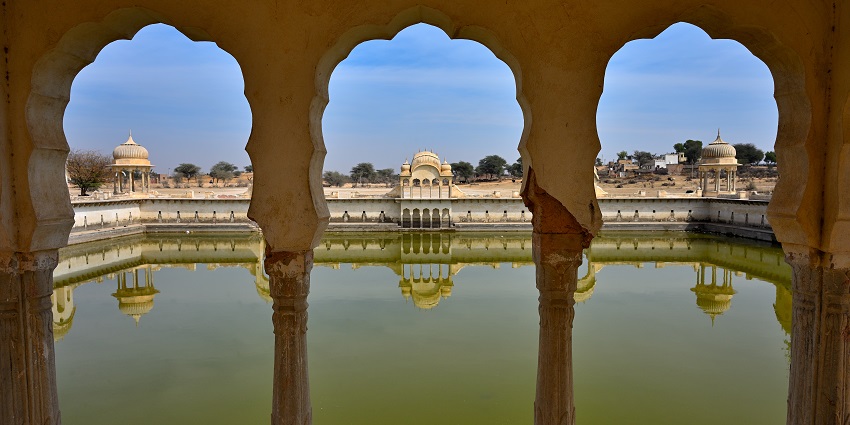
Photo: Sharvarism / Wikimedia Commons
One of the large water reservoirs near Churu, Sethani Ka Johara, was built in 1899 to fight the encroaching arid conditions. It was built by the widow of Bhagwan Das Bagla, a Mahajan, in memory of his wife. At the present moment, it serves as a reminder of the no longer-existent problem and helps people relax in truly marvellous surroundings with an abundance of greenery. Sethani ka Johara is a historic landmark illustrating the efforts of the local population and its rulers to preserve water supplies. It is 41 km from the Ratangarh Fort.
Timings: 24*7
Entry Fee: Free
Suggested Read: Best Haunted Places In Jaipur For A Spine-Chilling Adventure
Other Factors To Consider
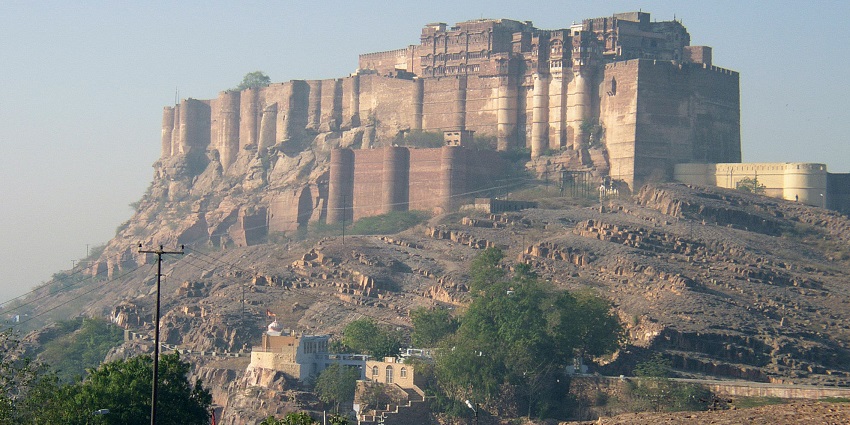
Photo:Knowledge Seeker / Wikimedia Commons / Image For Representation Only
Although the fort is open all year round, the best time to visit Ratangarh Fort is from October to March, when the weather is cool and ideal for exploration. It is a low-budget tourist destination, so site viewing does not cost much. However, plan for the cost and expenses for accommodation, transportation, and meals.
Tips For Tourists
- Wear comfortable shoes, as expeditions in the fort require a lot of walking.
- Do not forget to take water, sunscreen, and a hat to protect yourself from the sun.
- Click Ratangarh Fort pictures for your memories.
While not as famous as Rajasthan’s other forts, Ratangarh Fort offers a peaceful, extraordinary experience to all adventurers willing to explore India’s royal heritage. Combining unique architecture, breathtaking views, and artefacts creates an ideal environment for those interested in history and looking to explore the locality. Its extraordinary nature and peaceful surroundings seem to be a good opportunity for you to make Rajasthan an ideal place to visit. So, plan your visit to this fort with TripXL today!
Cover Photo: ISHACHAUHAN2021 / Wikimedia Commons / Image For Representation Only


 WhatsApp
WhatsApp
 Twitter
Twitter



